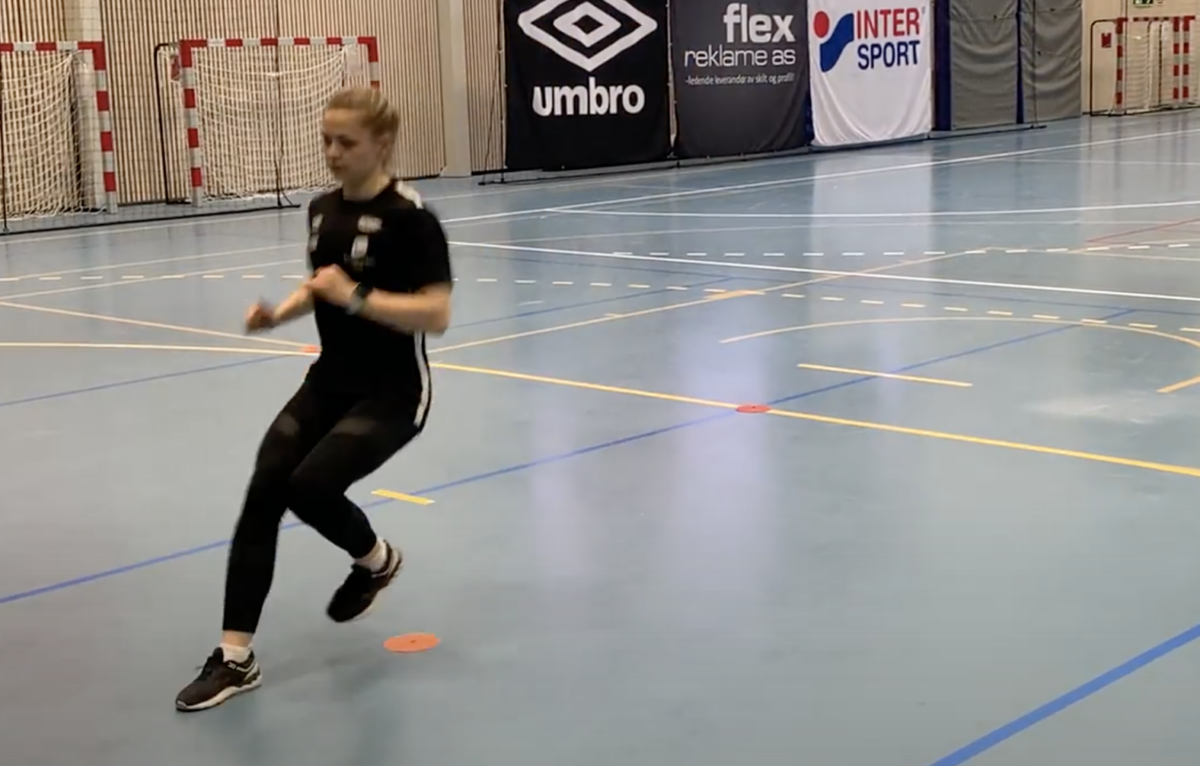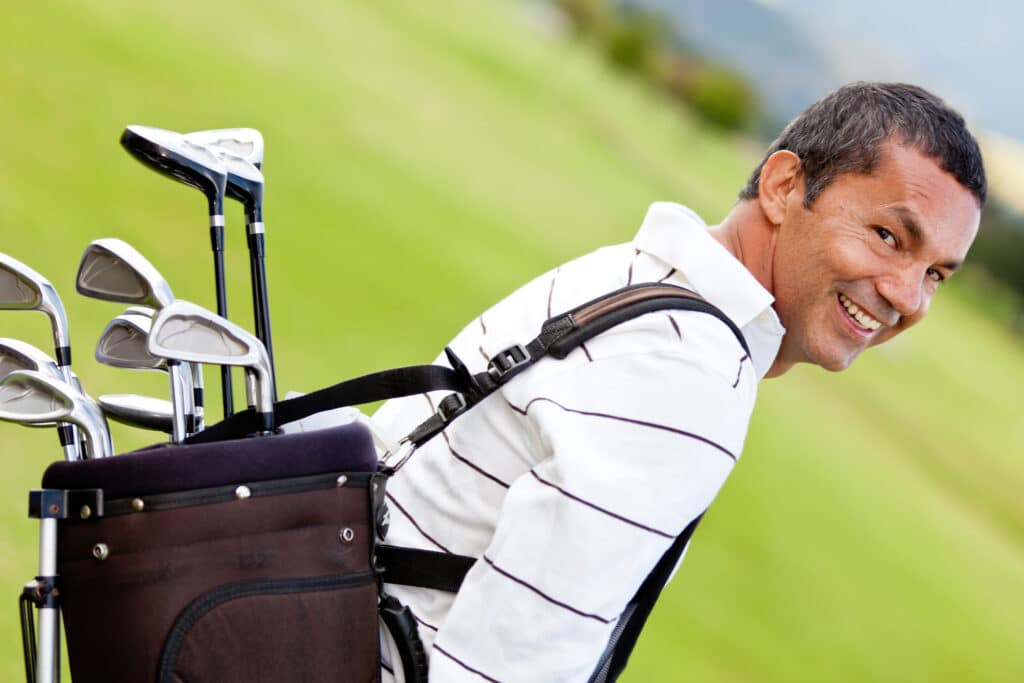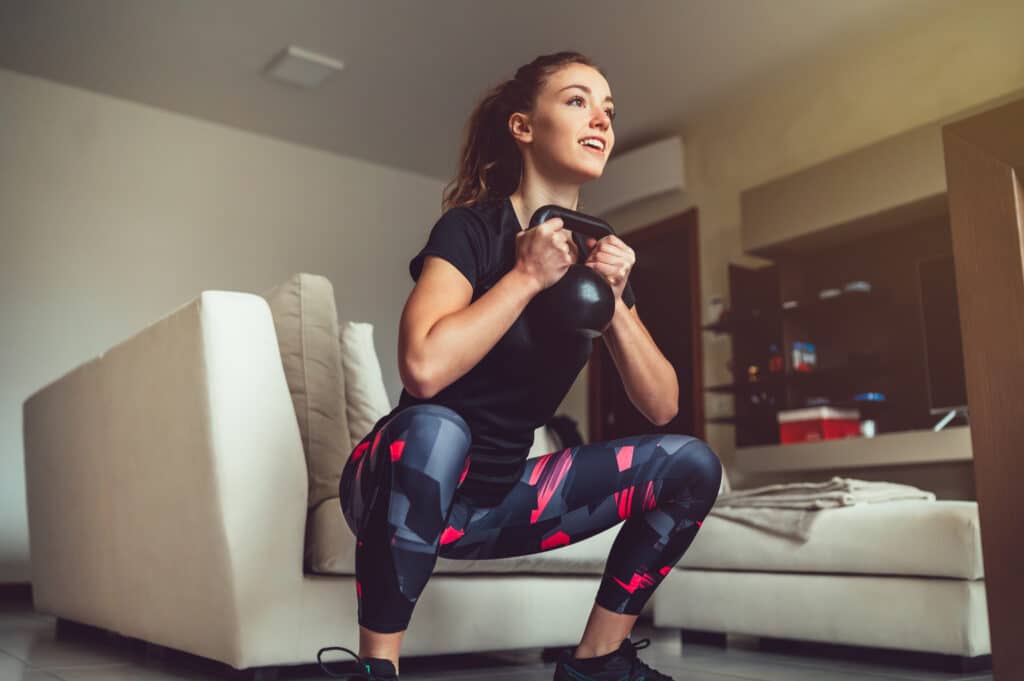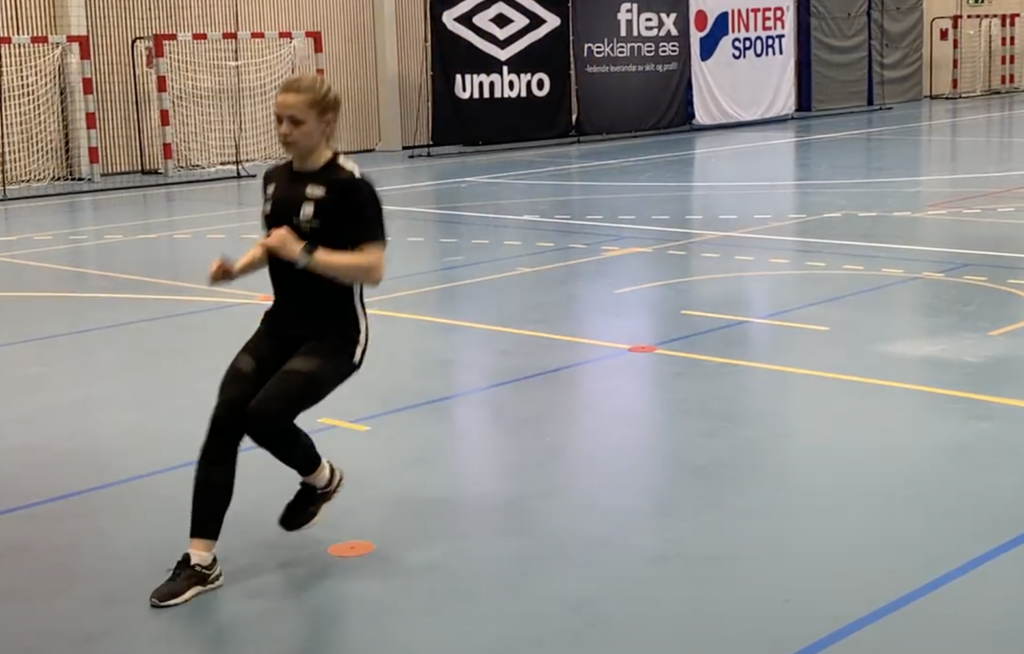
Think sports optimisation, avoid injuries
Date: 03/01/2023Injuries and musculoskeletal pain affect far too many young athletes. It limits the desired sports development and good mastering experiences. It is strange, then, that it seems that many managers and coaches “stick their heads in the sand” and hope that it will not affect their own athletes. Our experience is that you can avoid injuries by focusing on sports optimisation. Use 2023 to take action and make changes.

Here are 5 areas where you can think about sports optimisation and avoid injuries:
1) Building physical conditions
What are the physical demands of your sport? What physical conditions do the best athletes have in your sport? How one-sided or varied do your athletes train? And how much can they withstand?
If you can withstand more than the load you are exposed to, it usually goes well. Build strength, endurance, speed and agility and develop well with fewer injuries. This training does not have to be complicated, it can be done easily. Many people experience such training as boring and tiring. The challenge is therefore to get it done, especially if it is to be carried out on its own.
It is therefore an advantage to structure the training and find good ways to follow up the athletes. It is rarely enough to give some exercises and believe that the athletes are carrying them out.

2) Building mental preconditions
Mental prerequisites are also important to avoid injuries. Having good knowledge and understanding of how to prevent injuries will affect the choices we make. Thus, it will be more motivating to do more of what is positive for health and less of what is negative. The basic attitudes we have also have an impact. For example, having faith in oneself, being optimistic and taking ownership of one’s own health can help prevent pains and injuries.
If you think that injuries are mostly dependent on external factors (such as surfaces, equipment and opponents) and come regardless of what you do, it will reduce your motivation to make good choices.
Mental training can also help avoid injuries, in addition to promoting good performance. If we become more aware of our own thoughts, we can also control them to a greater extent or choose how we relate to them. We can build up a greater mental resilience and readiness to deal with “stupid thoughts”.
3) Managing load
Often, injuries and overloads come when we do too much, too quickly and too often. Many people know of handball players or football players who have played matches for several teams and been injured. Or they have been moved up to the a-team where the pace and training load are significantly greater than they are used to. In high school elite sports, overloads are also a big problem. Perhaps not so strange when many, in addition to having a lot of new things to get acquainted with, almost double the amount of training in a short period of time.
Many people train very one-sidedly, such as a lot of football or handball, and with minimal other activity and training. Such one-sided and slightly variable load and little variation is a risk factor for injuries and overloads. Greater variation in training can also be edifying so that you can tolerate more training and get a better sports development.
Load management for adolescents should be the responsibility of adults. It is often about communication and coordination of activities and having the tools to implement it in practice. We believe that all athletes should have one adult who has an overview of the load of the athletes so that they can get the sports optimisation they want and at the same time avoid injuries.

4) Recovery
Being in balance over time is an important principle of nature, this also applies between stress and relief. Too little and too poor sleep is a major cause of injuries and overloads. A lot of mental stress through schoolwork, gaming or other screen activity also affects more than many people think.
Raising awareness of what this can mean for sports development and injuries should be an important part of the offer clubs give their athletes. Helping athletes sleep better can improve sports optimisation and reduce injuries. The same applies to diet and fluid intake. And not least, they guide with how much screen time they should have. Watching tv or being on your mobile can be relaxing for the body but is rare for the brain.

5) Train basic technique and motor skills
Our experience is that such training can have a great injury prevention effect and is a good example of how you can avoid injuries by thinking about sports development. Good basic technique, body control and coordination contribute to more flexible possibilities and appropriate movements. In addition, for many it can be more motivating, especially if you see how the training can also contribute to sports optimisation.